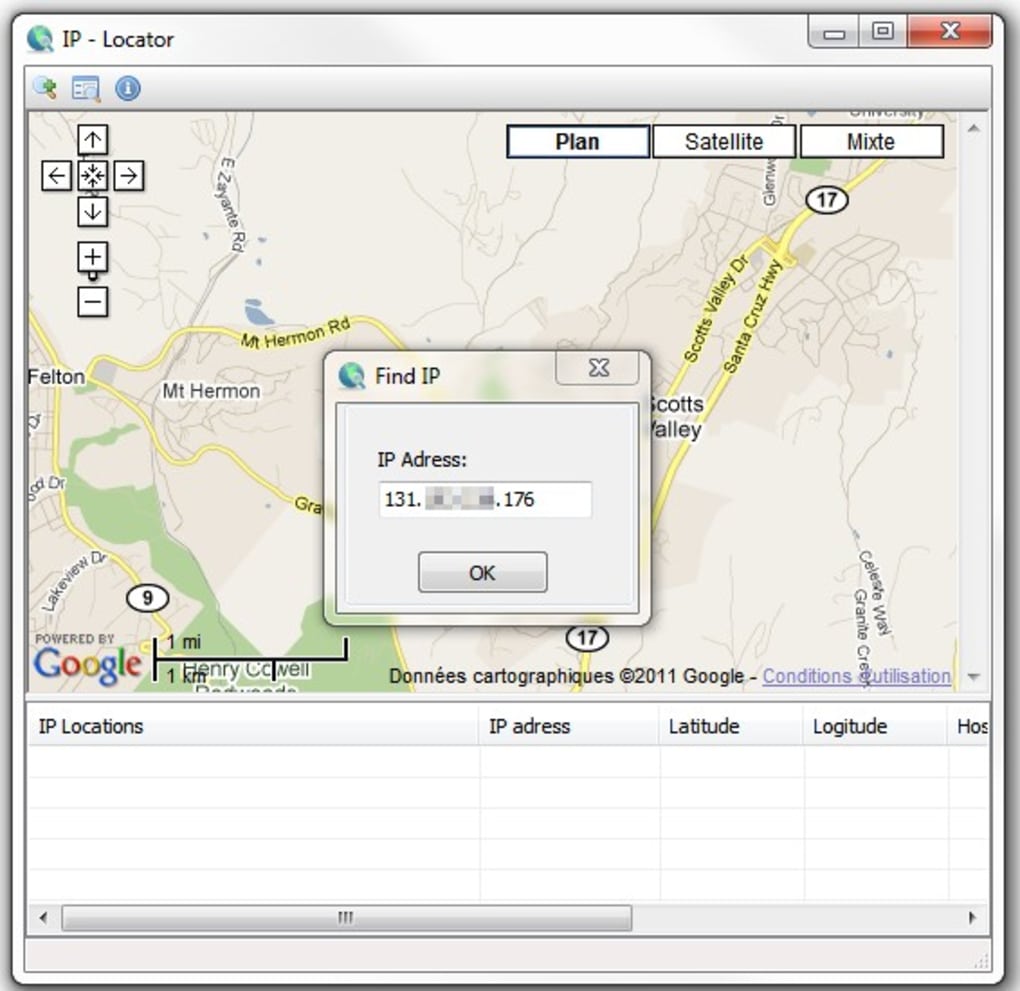

#Dnsexit ip locator how to
In this blog post, we cover how to use the Let’s Encrypt client to generate certificates and how to automatically configure NGINX Open Source and NGINX Plus to use them. In addition, Let’s Encrypt fully automates both issuing and renewing of certificates. Certificates issued by Let’s Encrypt are trusted by most browsers today, including older browsers such as Internet Explorer on Windows XP SP3. Yes, that’s right: SSL/TLS certificates for free. Let’s Encrypt is a free, automated, and open certificate authority (CA). Let’s Encrypt makes SSL/TLS encryption freely available to everyone. But now, with Let’s Encrypt, they are no longer a concern. Two of the biggest barriers have been the cost and the manual processes involved in getting a certificate. However, there are a number of barriers that have prevented website owners from adopting SSL.

It’s well known that SSL/TLS encryption of your website leads to higher search rankings and better security for your users. For additional details and alternate installation methods, see this post from the EFF.Īlso see our blog post from nf 2015, in which Peter Eckersley and Yan Zhu of the Electronic Frontier Foundation introduce the then‑new Let’s Encrypt certificate authority. This post has been updated to eliminate reliance on certbot‑auto, which the Electronic Frontier Federation (EFF) deprecated in Certbot 1.10.0 for Debian and Ubuntu and in Certbot 1.11.0 for all other operating systems. The instructions in that post are deprecated. Editor – The blog post detailing the original procedure for using Let’s Encrypt with NGINX (from February 2016) redirects here.


 0 kommentar(er)
0 kommentar(er)
